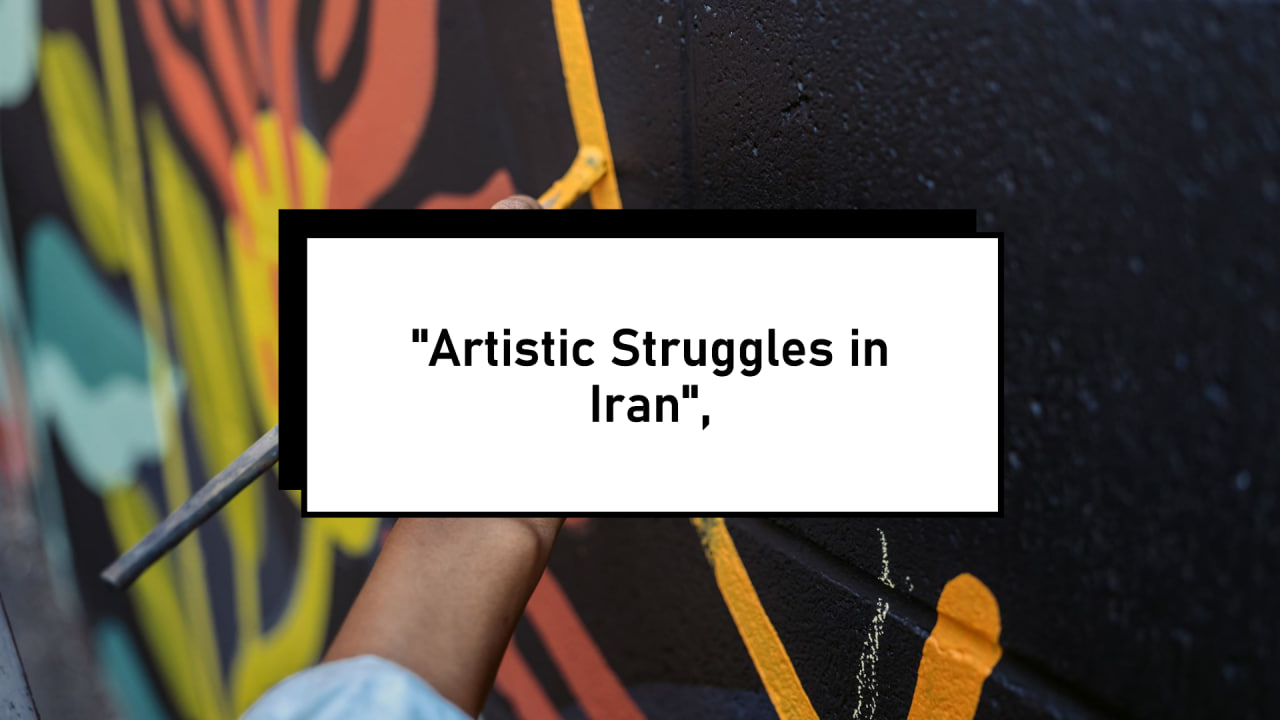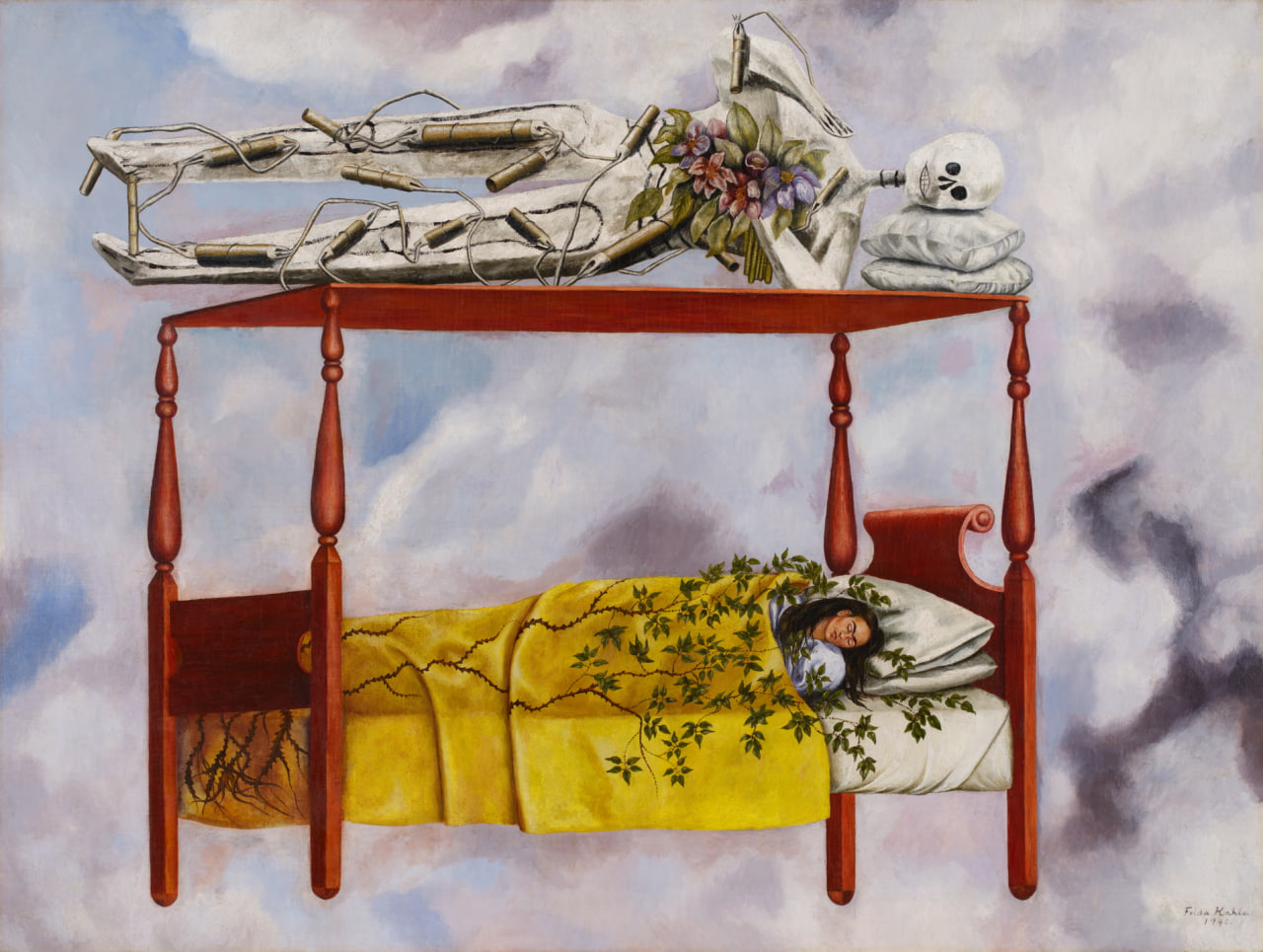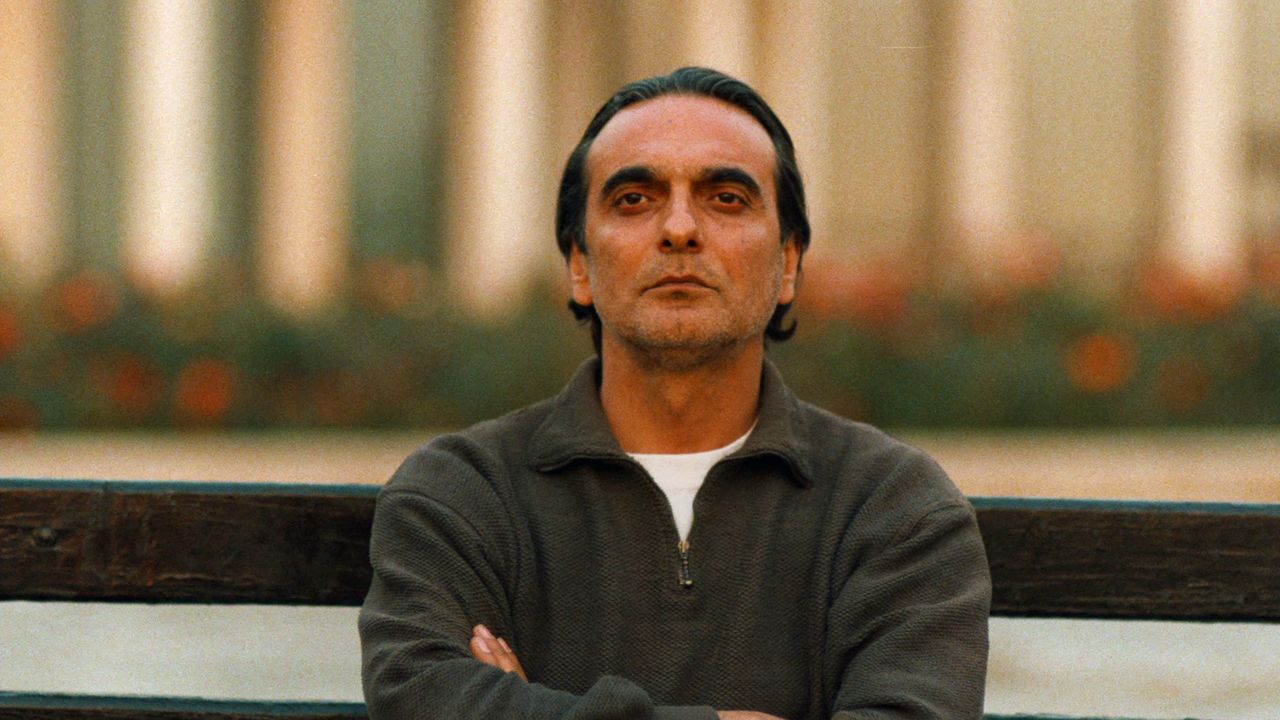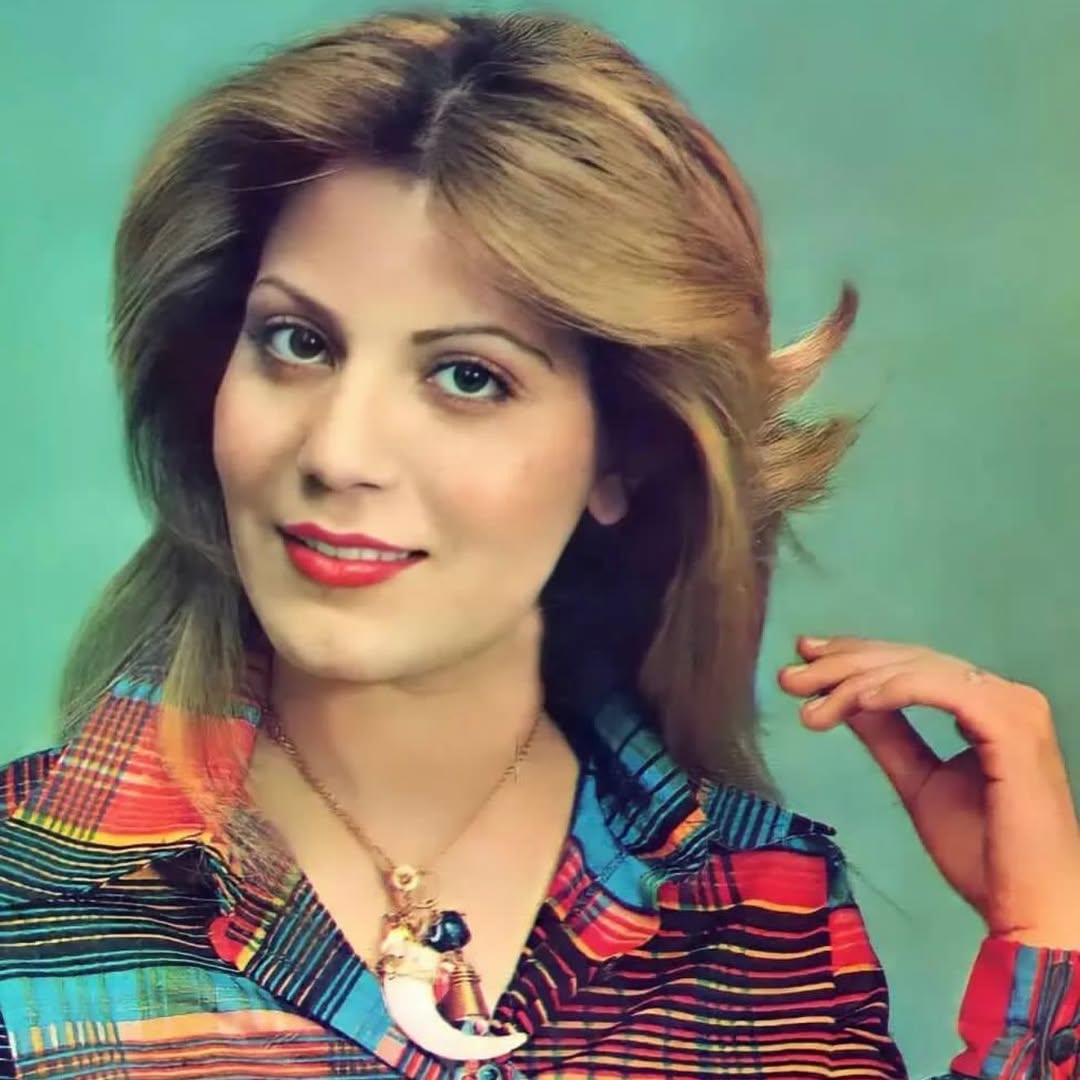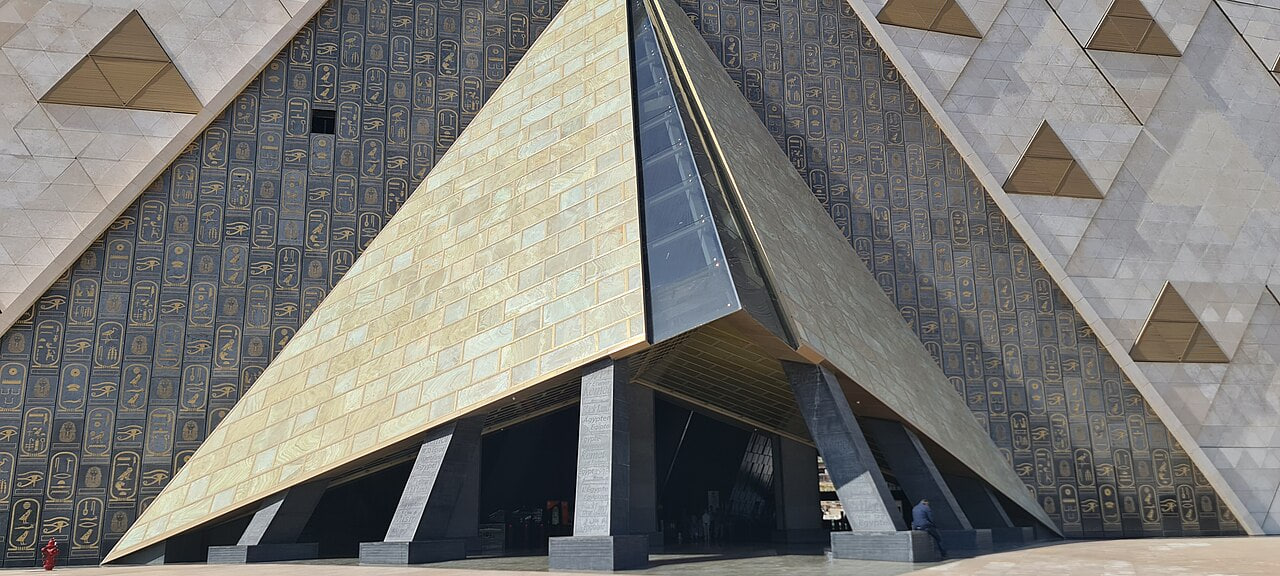Contemporary Iranian artists navigate a complex landscape shaped by political, social, and economic factors. Despite the nation’s rich cultural heritage and a burgeoning art scene, Iranian artists face numerous challenges that hinder their growth and international recognition.
1. Censorship and Political Constraints
One of the most significant hurdles is censorship. Artists must navigate strict regulations that limit their creative expression. Works that challenge political, religious, or cultural norms are often censored, making it difficult for artists to address critical societal issues. This stifling environment forces many to adopt subtle, symbolic approaches to their work or avoid controversial topics altogether.
2. Economic Challenges
The Iranian economy has faced considerable strain due to international sanctions and internal mismanagement. These economic difficulties impact the art market, limiting funding for exhibitions, workshops, and art education. Many artists struggle to afford materials or studio space, and galleries often operate on tight budgets, reducing opportunities for artists to showcase their work.
3. Lack of Institutional Support
Iran lacks sufficient infrastructure to support its contemporary art scene. Few public institutions and museums are dedicated to modern art, and private galleries, while growing in number, cannot fully address the need for accessible platforms. This limits exposure and opportunities for emerging artists.
4. Restricted Access to the Global Art Scene
Travel restrictions and visa challenges often prevent Iranian artists from participating in international exhibitions, residencies, and collaborations. Additionally, international sanctions complicate financial transactions, making it difficult for artists to sell their work abroad or receive payments from foreign buyers.
5. Social Expectations and Cultural Tensions
Artists in Iran frequently face societal pressures that conflict with their creative aspirations. Traditional values and conservative attitudes may lead to criticism of works that push boundaries or address taboo topics. Female artists, in particular, often encounter additional barriers due to gender-based biases.
6. Digital Limitations and Internet Censorship
While social media and digital platforms have become essential tools for artists worldwide, Iranian creators face restrictions on internet access and platform censorship. Despite this, many artists rely on platforms like Instagram to share their work, connect with audiences, and gain international attention.
Conclusion
Despite these challenges, contemporary Iranian artists continue to produce innovative and thought-provoking work that resonates both locally and globally. Their resilience and creativity highlight the transformative power of art in the face of adversity. Greater international support, improved cultural policies, and expanded platforms for artistic expression could help Iranian artists reach their full potential and enrich the global art community.

